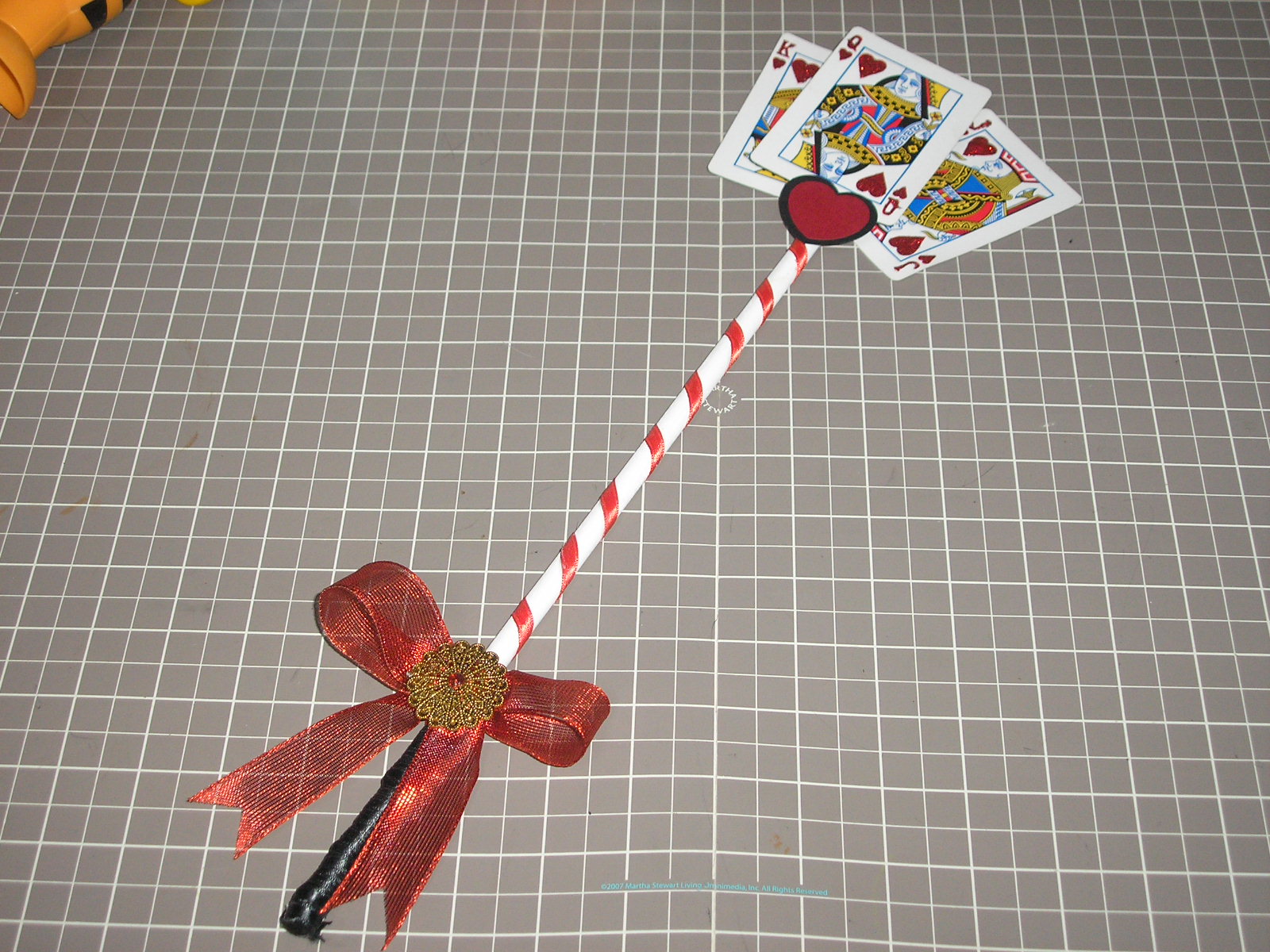

Usually, they’re tools that can help with your application, such as a paint scraper, spatula, or attachment accessories that allow you to control the glue flow better.

AccessoriesĪs with all crafting products, ceramic glues come with different accessories that may be useful for repairs. If you don’t use a waterproof adhesive, your ceramic piece will fall apart at the first sign of water. Luckily, most of today’s ceramic adhesives and glues are either water-resistant or waterproof.īe sure to check the label before you purchase the glue to see if it’s water-resistant or waterproof. A water-resistant glue should hold up fine to regular washing, and some can even survive a dishwasher. Epoxies are often waterproof, while super glues are more likely to be water-resistant. If your ceramic item is regularly exposed to water, moisture, or liquid in general, you’ll want to choose a waterproof glue. Otherwise, you could be exposing yourself and your family to harmful chemicals.Īn FDA stamp is not important for items that won’t be around food. That certification is the only way to know for sure that the glue is food safe. If the ceramic piece you’re repairing is an item you use to serve or display food, look for an FDA approval stamp on the product label. What makes these adhesives so strong is the chemicals they’re made of-chemicals that you might not want around your food or in your kitchen. Food SafetyĪnother factor to be aware of when choosing a ceramic glue is whether it’s safe to use around food. If you’re using the glue as a filler, make sure you choose one that will match the color of the ceramic you’re filling. Most glues will dry transparent so that you won’t notice the glue on your ceramic. Otherwise, most people can wait a few hours for repairs to fully dry.ĭrying opacity is another thing to look for. This is an important factor to consider if you’re trying to fix something before the owner knows it’s broken. Every adhesive, no matter the type, has a different drying time, which will usually be printed somewhere on the label. Generally, epoxies take longer to dry than super glue, but they also have a more durable bond. This will lead to wasted glue and result in the glue coming into contact with your skin, which is dangerous. The shape is really a point of preference, but you definitely don’t want to choose a product that is likely to cause excess dripping. Others include a brush to give you even more control over how thick or thin your glue application is. Some products come with a nozzle that makes it more convenient to direct the glue. The shape can actually determine how easy it is to apply the adhesive. While the shape of your glue container might not seem like a big deal, it is. Epoxy is more durable, so it’s the better choice for fixing everyday products. While a little extra effort is required to apply epoxy, it’s an ideal adhesive to fill in shallow cracks and chips. When mixed, they provide a strong bond great for ceramics. It’s great for lightweight ceramics and creating bonds in a thin space, such as putting a broken piece back in place.Įpoxies include both a hardener and a resin. More than just your average glue, this type dries quicker than epoxy and doesn’t require any mixing. Super glue uses cyanide-derived cyanoacrylate to create a strong bond. There are many glue types available for ceramic repair, but the two most common ones you’ll find are epoxy and super glue. Read on to learn what else you need to consider before purchasing a new ceramics glue. Everything from drying time to food safety to the type of applicator can affect how well the adhesive will repair your ceramic piece.
What does cytomic the glue do download#
Download Setup & Crack Cytomic The Glue 1.4.Photo: What to Consider When Choosing the Best Glue for Ceramic Repairsīefore we dive into the best types of glue for ceramics, we first need to go over some specifics.


 0 kommentar(er)
0 kommentar(er)
